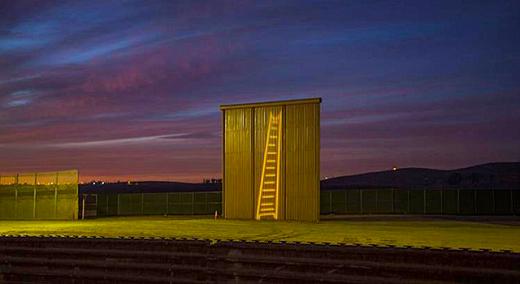Jill Marie Holslin/Courtesy OLBSD
Body
So it seems the contentious wall along our southern border, variously known as the Trump wall or the Mexico-United States barrier, isn’t meeting requirements. Walls keep people in; walls keep people out. They serve as backdrops for graffiti. But aside from fulfilling the last item, this wall might more accurately be called a solution for the wrong problem. Time, and past time, for quality assurance folks to step in.
…
Want to continue?
Log in or create a FREE account.
By logging in you agree to receive communication from Quality Digest.
Privacy Policy.

Comments
The Wall
So am I to understand that you prefer absolute rule for the purpose of building walls? We don't live in that country.
Wall building
For all the praise lavished on the Great Wall of China for its strength and longevity in the article, the GWC still failed. Why" The gatekeepers were bribed. Human factors were as great a problem then as they are now, but with different culprits.
Add new comment